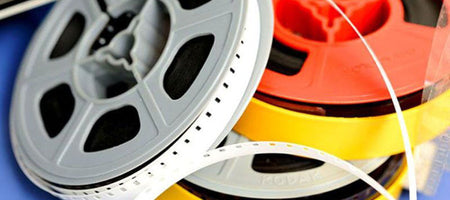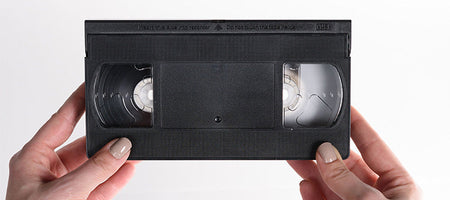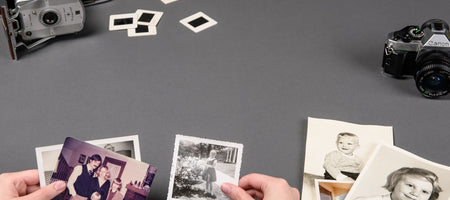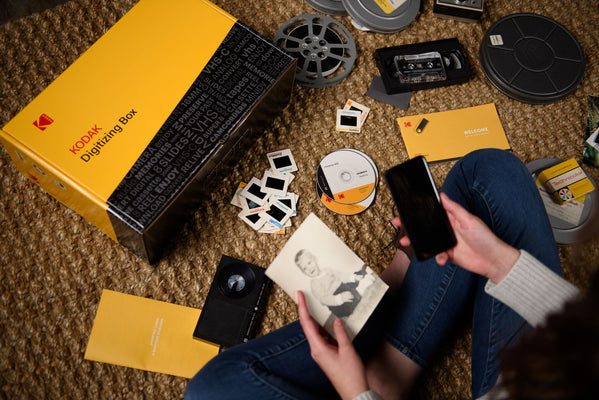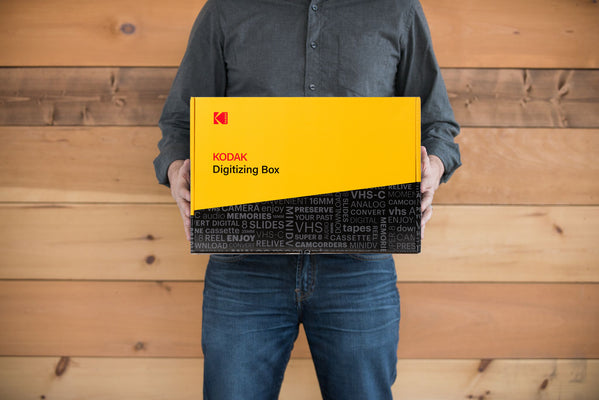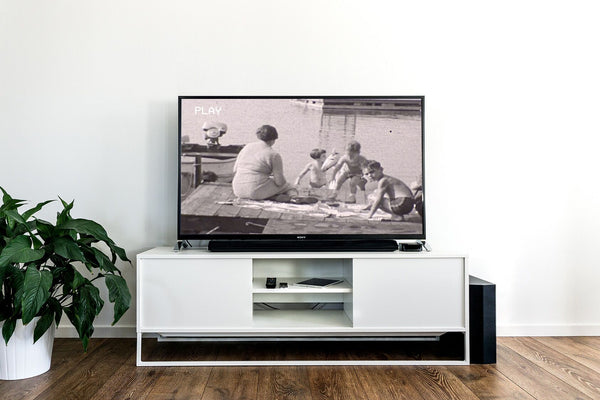Film reels are basically like fossils in the media world. Most people look at them with a sort of mild interest, trying to figure out what all the stitched together pictures really mean. Unfortunately for the all of these amateur, unlearned media archaeologists, film reels basically represent a really inefficient and obsolete way to film videos that cell phones can do about a million times better anyway.
When I put it that way, film reels seem terrible.
I’m not being completely fair to them, to be honest.
To sell them so short robs them of their historical context and significance. They opened up a whole new world of recording human history, spawned a new art form, and laid the groundwork for the greatest invention of all time: Vine.
But seriously...
Even though nobody besides hipsters and James Cameron use actual film reels anymore, I think it’s still good to know some basic tidbits about them. You never know when you’ll be a contestant on Jeopardy! and get an entire category of now obsolete media format questions to answer. Or is it answers to questions?
We’re going to talk about two film reel formats: 16mm and 8mm.
8mm: A.K.A. - Standard 8, Standard 8mm, Cine Kodak 8, S 8 mil (probably)
- Width: 8mm (I wonder where it gets its name?)
- Year Invented: 1932
- Film length: 50, 100, 200, 300 ft.
- Canister size: 3.5 - 6 inches, depending on film length
- Sound: Not always. The first 8mm film reels were completely silent. Sound strips were added later
- Recording time: 4.8 seconds per ft. That equals to about 4 minutes on a 50 ft. reel
16mm: A.K.A - Big 16, 16 mil, Standard 16
- Width: 16mm (This is too easy)
- Year Invented: 1923
- Film length: 50, 100, 200, 300 ft.
- Canister size: 2.8 - 5.75 in.
- Sound: Not always. 16mm came in sound and no sound versions just like 8 mm.
- Recording time: 1.67 seconds per ft. That’s about 2 minutes and 47 seconds on a 50 ft. reel
When it comes down to it, these two film formats are pretty similar. The film is wound on reels for both versions, and both were developed before sound for home movies existed. The way you can tell whether your 8mm or 16mm film has sound on it or not is by looking at the edge of the film. If it has a different colored strip on each side, that means it has sound.
Overall, film reels were a revelation when they were invented and released to the public. Never before had regular folks been able to record themselves and their families without really expensive equipment. The formats were far from perfect, though. They were tough to develop, could be easily damaged, and film reels aren’t so easy to store.
I’ll take my cell phone and its high-definition digital recording any day.

